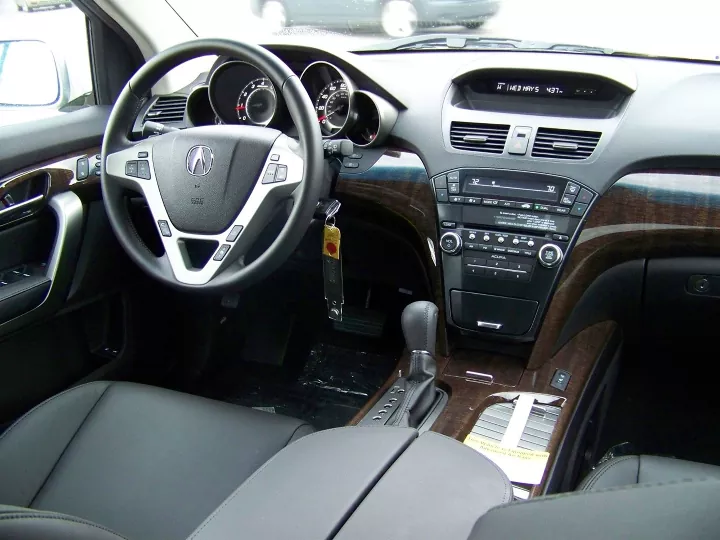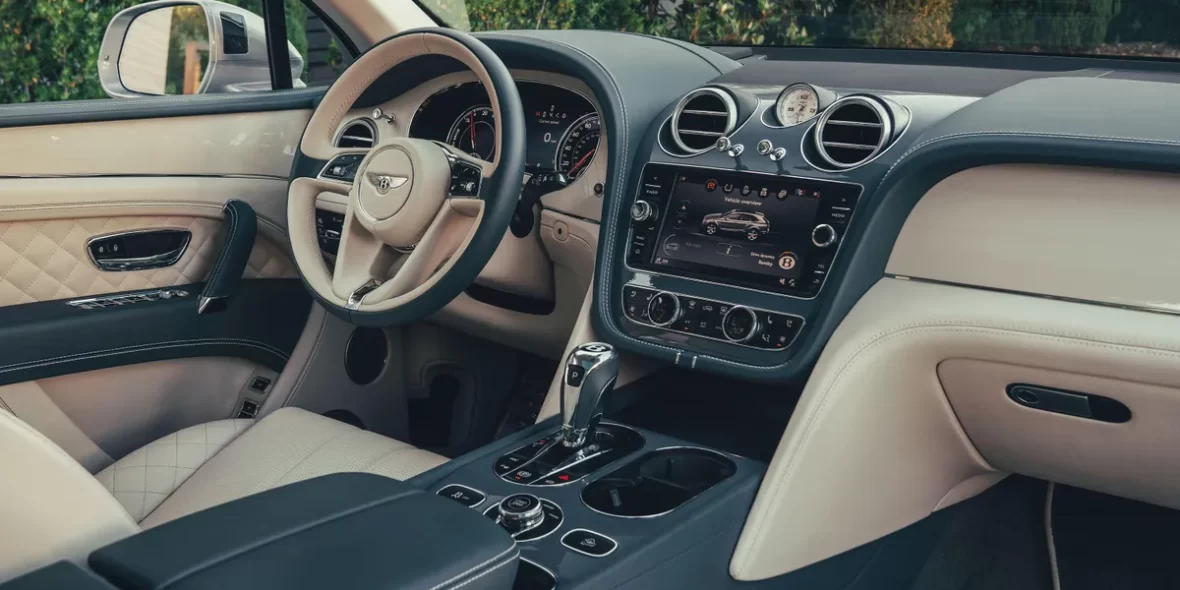Mastering the Art of Driving an Automatic Car: A Comprehensive Guide
Table of Contents
Introduction: how to drive an Automatic Car

Driving an automatic car has become increasingly popular in recent years due to its simplicity and convenience. Unlike manual transmissions, automatic cars don’t require the constant shifting of gears, making them more accessible for a wide range of drivers, including those with little to no experience. In this comprehensive guide, we will delve into the nuances of driving an automatic car, covering everything from understanding the basics to mastering advanced techniques.
Understanding the Basics
- Getting Acquainted with the Controls:
To begin your journey with automatic transmissions, familiarize yourself with the basic controls of the car. The key components include the accelerator pedal (gas pedal), brake pedal, and the gear selector. The gear selector is usually found in the center console between the front seats, and it typically features the following options: P (Park), R (Reverse), N (Neutral), and D (Drive). - Starting the Car:
Unlike manual cars that require engaging the clutch and shifting gears, starting an automatic car is a straightforward process. Insert the key or press the engine start button, and the car will typically be in the Park mode. Ensure your foot is on the brake pedal before shifting the gear selector to the desired position. - Understanding the Gear Positions:
- Park (P): Engage this mode when the car is stationary and turned off. It locks the transmission, preventing the vehicle from rolling.
- Reverse (R): Used for backing up. Apply the brake, shift to Reverse, and gently accelerate.
- Neutral (N): Disconnects the engine from the wheels. Use this when idling for an extended period or when towing the vehicle.
- Drive (D): This is the standard driving mode. The car will automatically shift through the gears as needed.
- Accelerating and Braking:
- Accelerating: To move forward, release the brake pedal and gently press the accelerator. Unlike manual cars, there’s no need to manage the clutch or shift gears manually.
- Braking: Use the brake pedal to slow down or come to a complete stop. Automatic cars are equipped with a torque converter, which allows the engine to keep running even when the car is stationary.
Driving Techniques
- Smooth Acceleration and Deceleration:
One of the advantages of automatic transmissions is the smooth and seamless power delivery. When accelerating, apply gentle pressure to the accelerator to avoid jerky movements. Similarly, ease off the accelerator when decelerating to achieve a smooth ride. - Understanding Engine Braking:
Unlike manual transmissions, automatic cars use engine braking to slow down when the driver releases the accelerator. This is a normal behavior, and drivers can use it to their advantage by controlling the speed without solely relying on the brakes. - Utilizing Overdrive:
Many automatic cars come equipped with an overdrive (OD) function. Overdrive helps improve fuel efficiency by reducing engine RPM at cruising speeds. It is usually engaged by a button on the gear selector or a dedicated overdrive switch on the dashboard. - Handling Hills and Inclines:
When driving uphill, allow the automatic transmission to do its job. Apply steady pressure on the accelerator, and the transmission will automatically downshift to provide more power. When descending, use the brakes as needed, and the transmission will adjust accordingly.
Advanced Techniques
- Manually Shifting Gears (if applicable):
Some automatic cars come with a manual mode, allowing drivers to manually shift gears without a clutch. This feature is often activated by moving the gear selector to a separate manual or sport mode. Use the “+” and “-” positions on the gear selector or paddle shifters (if available) to shift gears manually. - Understanding the Powerband:
Every engine has a powerband, a range of RPM where it delivers optimal performance. While automatic transmissions are designed to handle this automatically, understanding the powerband can help drivers make more informed decisions, especially when overtaking or merging onto highways. - Adapting to Different Driving Conditions:
- City Driving: Navigate traffic with ease by using gentle acceleration and braking. Automatic transmissions excel in stop-and-go traffic, making urban driving less taxing.
- Highway Driving: Allow the car to reach highway speeds naturally, and use cruise control if available for a more relaxed driving experience.
- Adverse Weather Conditions: Automatic transmissions can adapt to changing road conditions. In slippery conditions, however, exercise caution and avoid sudden acceleration or deceleration.
- Parking and Maneuvering:
- Parallel Parking: Use the gear selector to shift to Reverse and gently apply the accelerator while steering into the parking space. Use the brake to control the speed and straighten the wheels as needed.
- Three-Point Turns: Shift to Reverse to begin the turn, then shift to Drive to complete the maneuver. Use a combination of gentle acceleration and braking to control the car’s movement.
Maintaining and Troubleshooting
- Regular Maintenance:
Even though automatic transmissions are generally less maintenance-intensive than manual ones, regular checks and fluid changes are essential. Follow the manufacturer’s recommendations for transmission fluid changes and general maintenance. - Fluid Levels and Quality:
- Transmission Fluid: Check the transmission fluid regularly using the dipstick (if equipped). Ensure the fluid is at the correct level and appears clean. If it’s dark or has a burnt smell, it may be time for a change.
- Brake Fluid: Proper brake function is crucial. Check the brake fluid level regularly and top it up if necessary.
- Common Issues and Troubleshooting:
- Slipping Gears: If you experience a delay in acceleration or notice the engine revving without a corresponding increase in speed, it could indicate a slipping transmission. Consult a professional mechanic for diagnosis and repair.
- Fluid Leaks: Transmission fluid leaks can lead to serious issues. If you notice puddles of red or brown fluid under the car, have it inspected promptly.
- Unusual Noises: Grinding, whining, or clunking noises could be signs of transmission problems. Seek professional assistance to diagnose and address these issues.
Conclusion
Mastering the art of driving an automatic car involves understanding the fundamentals, honing driving techniques, and adapting to various situations. Whether you’re a new driver or transitioning from a manual transmission, automatic cars offer a user-friendly and efficient driving experience. Regular maintenance and a good understanding of the vehicle’s operation are key to ensuring a smooth and trouble-free driving experience. As technology continues to advance, automatic transmissions are likely to become even more sophisticated, offering drivers enhanced performance and efficiency on the road.

